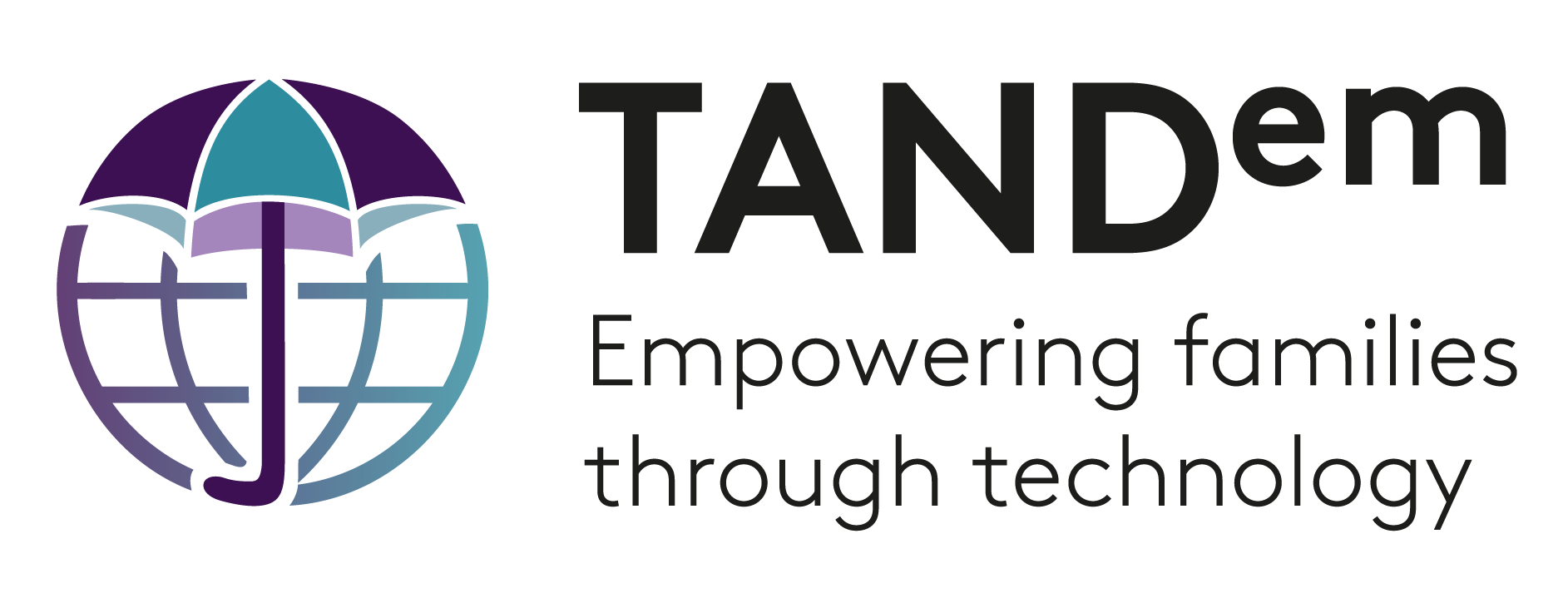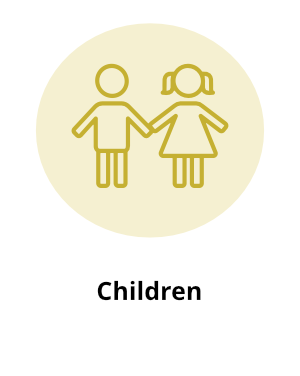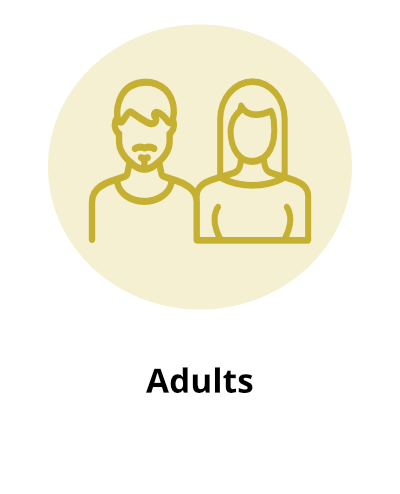Eat/Sleep Cluster
Home > TAND Clusters > Eat/Sleep > What to seek > Eating behaviour > Children
Eating behaviour in children
Caregiver needs
Managing these behaviours can be difficult as a caregiver and can affect other aspects of daily living and mealtimes. Tips outlined here should be implemented with the support of others, both at home and at school, at a time that works for you and your family. Seek support and prioritise the areas of most importance – manage things at your own pace, one day at a time. It can take multiple attempts to introduce new foods or change food habits. This requires time and patience, and it can feel frustrating when mealtime behaviours are slow to change. Reward small victories and be kind to yourself and the efforts you are making.
Identifying pain
Children who are in pain or discomfort may refuse food or eat less than typical, and therefore underlying pain needs to be ruled out before behavioural strategies are introduced. The Face, Legs, Activity, Crying and Consolability (FLACC) Pain Scale is a tool any caregiver can use to look for non-verbal indicators of pain in their child. Use this tool to rule out pain as a cause of weight loss or poor appetite. If pain behaviours are identified, consult your doctor or healthcare provider to treat the cause of pain with targeted medication or medical procedures.
Toddler eating behaviour
By the age of two, toddlers should be experimenting with different food groups, eating finger foods independently and attempting to use cutlery. An occupational therapist or paediatrician should be consulted if you are concerned about reaching developmental milestones. If your toddler is struggling to swallow or chew solid foods, they may have a feeding or swallowing disorder. Common signs include: gagging, spitting out food, excessive drooling, and difficulty with mouth movement co-ordination. You should consult a paediatrician, speech and language therapist, occupational therapist, or health professional if you are concerned by specific feeding behaviours.
Eating and Mealtime Problems
[kidshealth.org]
Pica
If your child is mouthing or eating inedible items, called Pica (e.g. sponge, sticks, dirt), it is important to identify the underlying cause and minimise immediate risk within the environment. This behaviour should be assessed by a healthcare professional, followed up with a functional assessment, and addressed via a behavioural support plan with the support of school educators and social care services where appropriate.
Pica (Eating Inedible Objects) and Polydipsia (Drinking Excessively)
[challengingbehaviour.org.uk]
Food refusal
Food refusal is common in early development, but may persist into later childhood. Food neophobia (fear of trying new food), food aversion to specific tastes, smells and textures, and a preference for ‘safe’ food (e.g. beige starchy foods) can become difficult eating behaviours to manage. Behavioural strategies can be introduced to increase exposure and trialling of new foods – gradually increasing familiarity to new foods in a supportive, low-pressure environment should be encouraged at home and school. These behaviour strategies should be supported by a paediatrician, dietician, psychologist, or health professional, and outlined within educational support plans.







